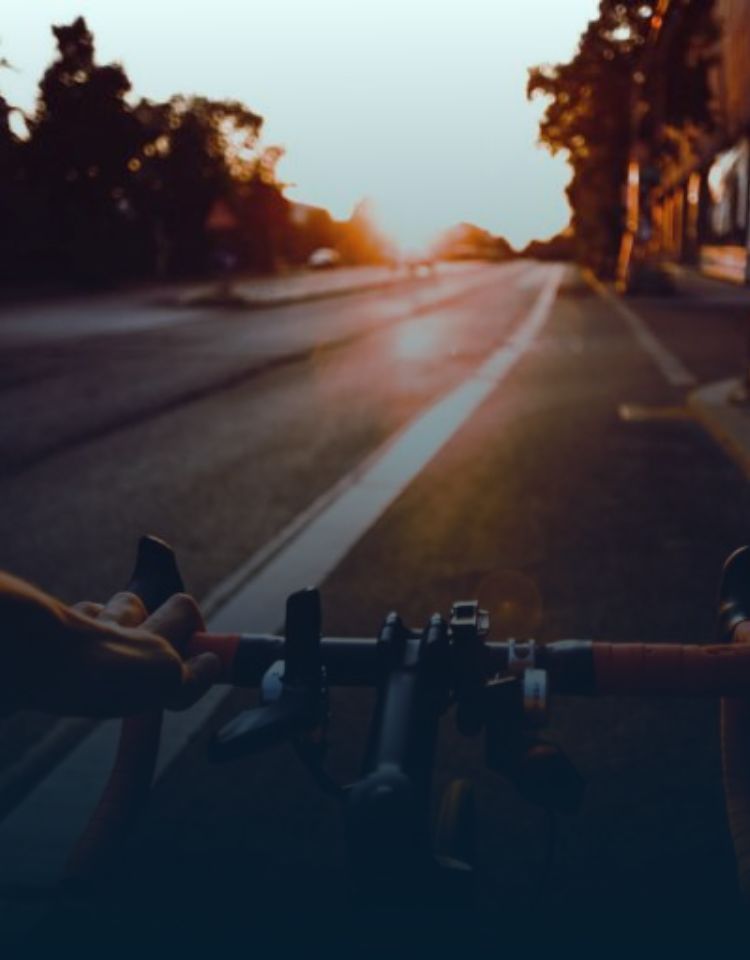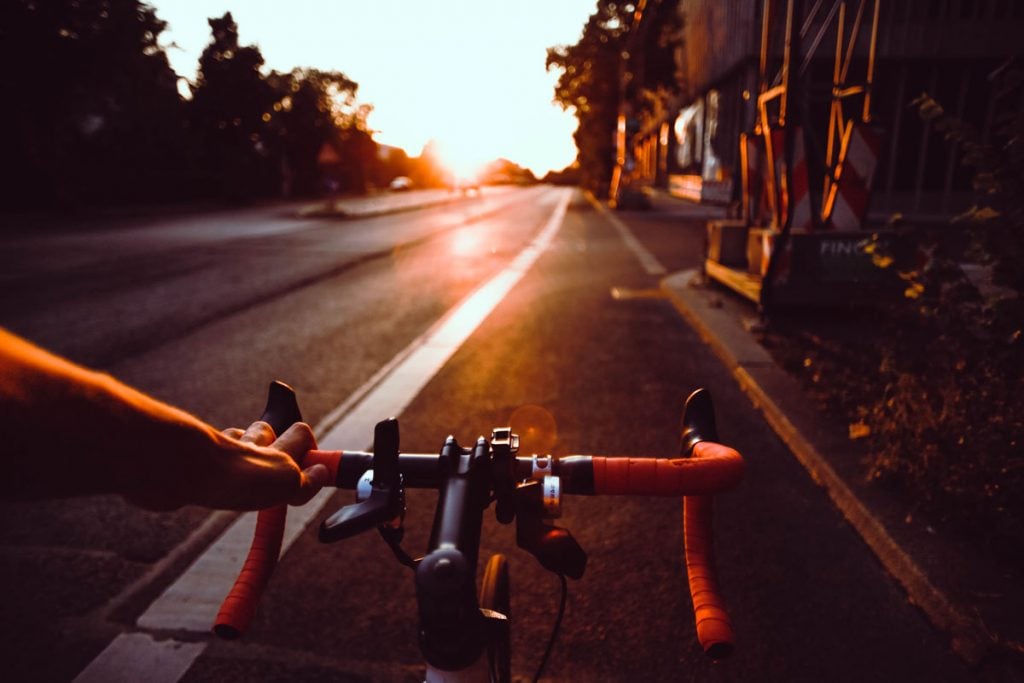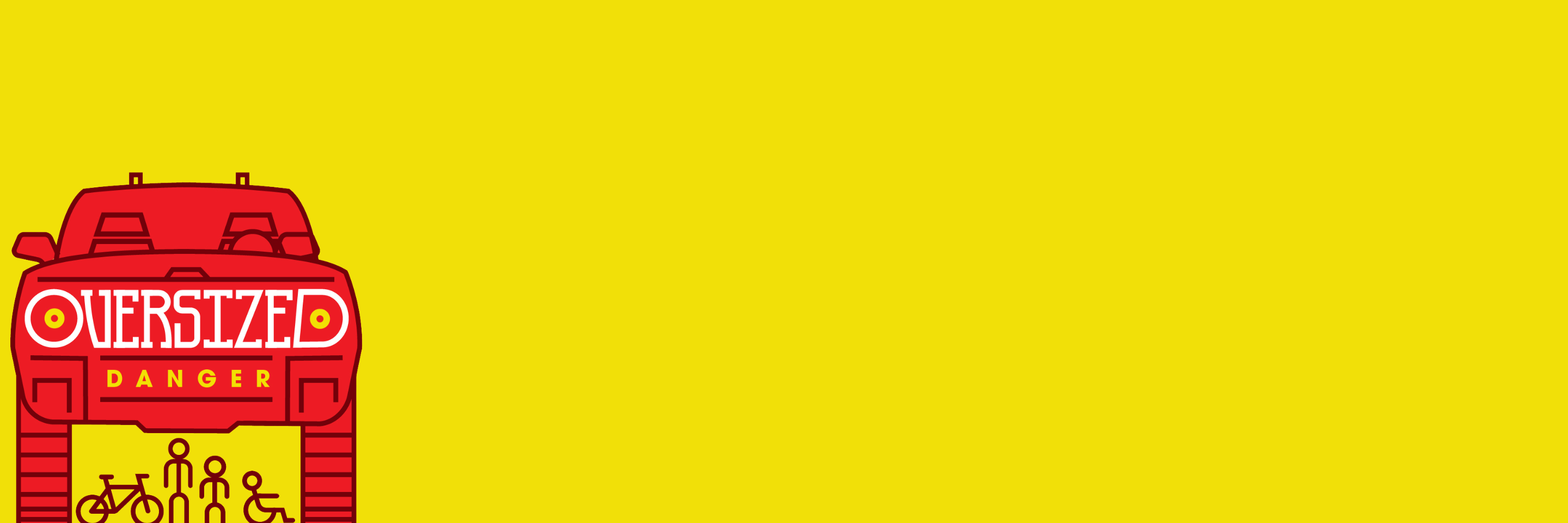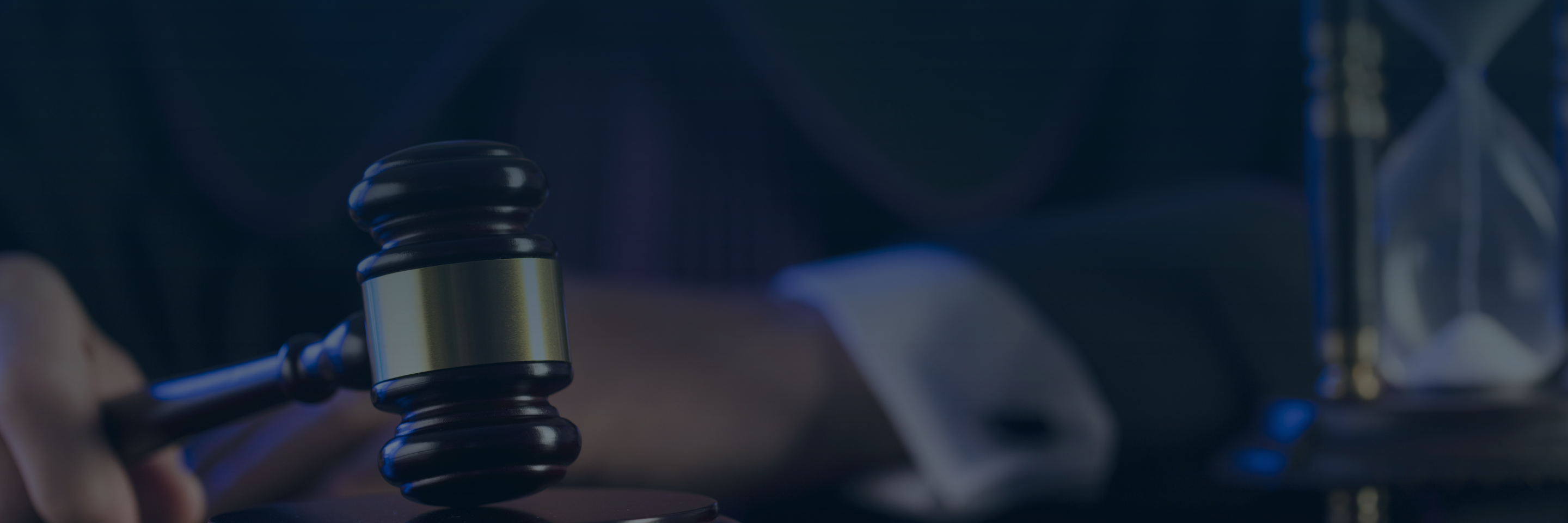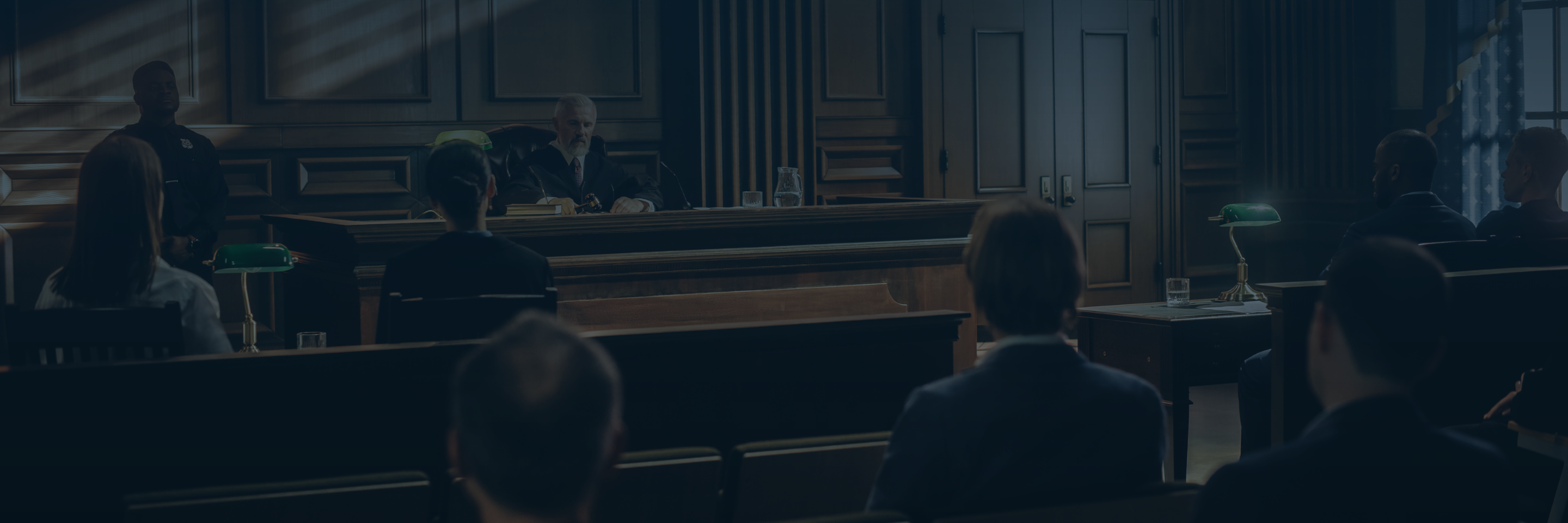Written By: William Harding and Cody Malloy, Summer Student
With temperatures starting to rise, cyclists have started flocking to the streets to get a breath of fresh air. As a matter of fact, the COVID-19 pandemic has changed the cycling industry in Canada. Cycling has become so popular in Canada within the last year, that the industry is seeing massive supply shortages.
With an influx of cyclists on the roads, the safety of cyclists is paramount. In 2020, three cyclists were killed on the busy streets of Toronto. Cyclists must exercise diligence in looking out for their own safety on the road.
Even the most experienced and cautious cyclists can still find themselves in a collision, which is why all cyclists should have a plan of what they should do in the event they are involved in one. Cycling collisions can be traumatic, but there are some simple tips that all cyclists should follow before going out for a bike ride and in the event that they are involved in a collision.
Before leaving home
Cycling safety starts before leaving your residence. Before heading out, all cyclists should do the following:
- Wear a helmet: helmets are required by law per Highway Traffic Act 104 for those 17 years of age and under. Cyclists of all ages are encouraged to wear helmets to reduce the risk of brain injuries sustained in a collision. However, just because a cyclist does not wear a helmet when they are involved in a collision, this does not mean they can’t recover from a defendant’s negligence.
- Wear appropriate clothing: make sure your clothing will not snag on your bicycle. Loose clothing can catch on a moving part of your bicycle, which could lead to an accident.
- Check the weather: if it’s going to rain, slippery conditions and poor visibility for motorists increase the chances of a collision. You should also consider fluorescent clothing to make yourself most visible to other cyclists and motorists.
- Bring your phone: not only can your phone help you in the event of getting lost, but it is absolutely essential to have your phone available in case of an emergency. You’ll want your phone to dial 911 and take pictures if you’re involved in a collision.
After a collision
In the event you’re injured in a collision with a motorist, here are six things you should do:
- Call 911: request Police and Ambulance. If you or someone else is seriously injured, also request Fire, as they are also trained to give medical attention and may respond quicker than Ambulance. When Police arrive on the scene, they will write an accident report. Make sure you obtain the officers’ contact information, as they may need to be contacted for a statement when processing your claim. If it is safe to do so, move off the street to avoid oncoming vehicles.
- Document the collision scene: taking pictures of your injury and damage to your bicycle with your phone can help your claim down the road. Also, take pictures of the motorist’s vehicle and the scene of the collision. This information is vital to a successful claim. You can also draw rough diagrams of the collision scene on your phone’s notepad app to help you remember any important visual details, such as your direction of travel relative to the vehicle. Make sure you note the time and location, and it’s best not to discuss fault with the motorist.
- Get the motorist’s information: ensure you note the vehicle license plate number, the motorist’s name, and contact information, driver’s license number, and their insurance information (name of insurance company, the company’s contact information, and policy number). By obtaining this information, you will be able to more efficiently process your claim.
- Talk to witnesses: talk to anyone who witnessed the collision and get their statement. Ensure you obtain their contact information as they may need to be contacted to help your claim. You can write their statement down in a notepad app on your phone, or record their statement with their permission in a voice memo or even by video to get the most accurate depiction of what happened.
- Get medical help: when Ambulance arrives on the scene, they will assess your injuries and advise on the next steps. If your injury is serious, they may transport you to the hospital. Be sure to keep any receipts of any medical expenses you have to pay out of pocket. Whether you go immediately to the hospital or you see a doctor within a few days after the collision, be sure to disclose all symptoms to a doctor or nurse. Medical personnel will write detailed notes, and these can be crucial to your claim.
- Call a lawyer: you should speak to a lawyer as soon as possible and certainly before contacting your insurance company. If a lawyer feels as though a municipality is to blame, the municipality must be given notice of the claim within 10 days, per the Municipal Act.
Why should I consult a lawyer?
The right lawyer will ensure your financial interests are looked after in processing your claim. Not only will a lawyer ensure your out-of-pocket claims are covered, but they’ll also assess your loss of income and future cost of care. Your lawyer will advise you on all remedial options against the motorist (such as claiming through the motorist’s auto insurance), as well as no-fault claims through your own auto insurance and Ontario’s Motor Vehicle Accident Claims Fund if the motorist did not have their own insurance.
McLeish Orlando has longstanding expertise in helping clients with successful cycling collision claims. If you have been injured in a cycling collision, you should contact us for a free consultation. A lawyer at McLeish Orlando will evaluate your case and determine how to best serve your needs.


